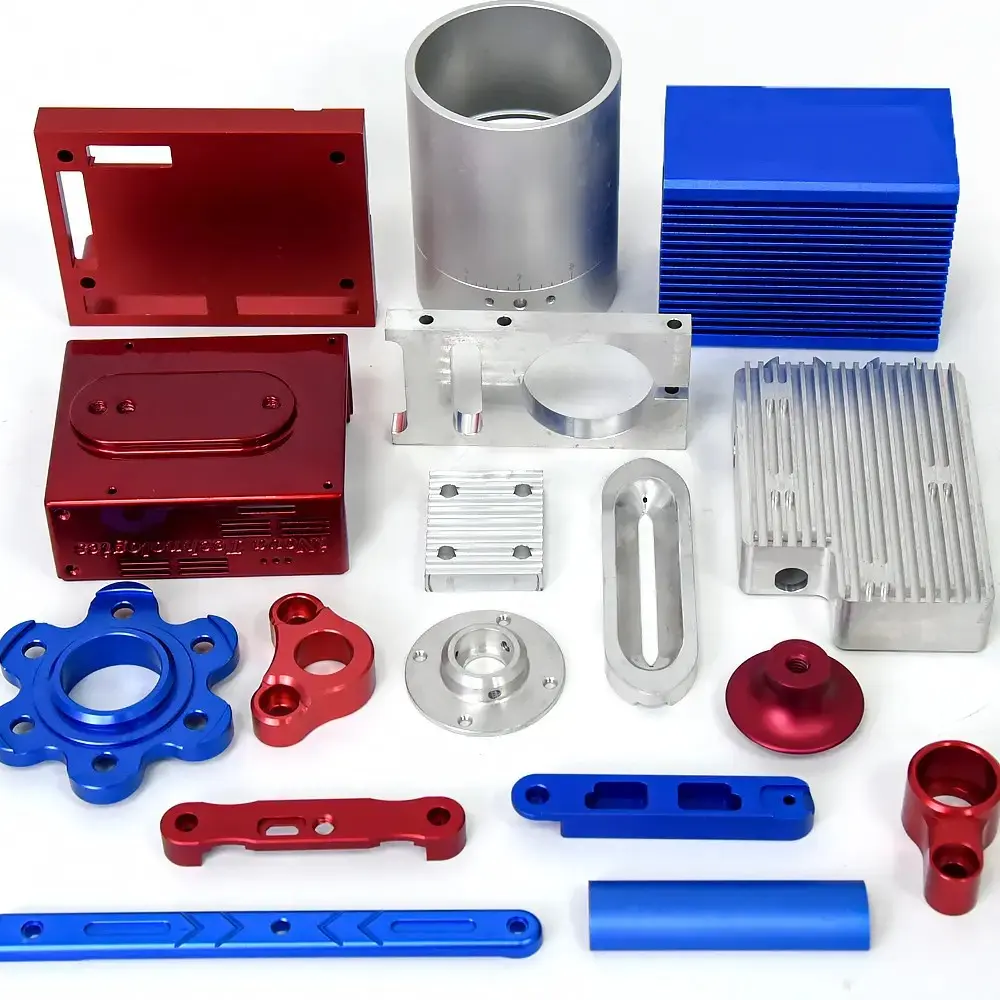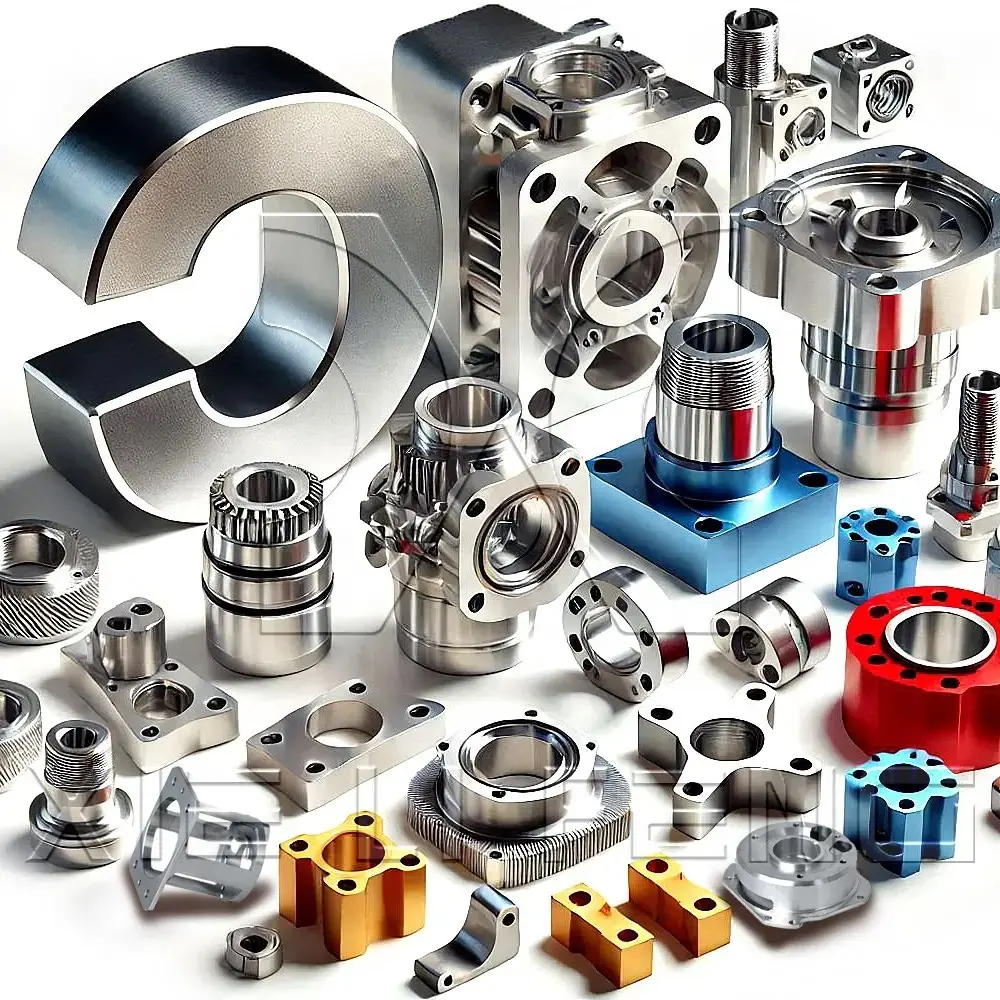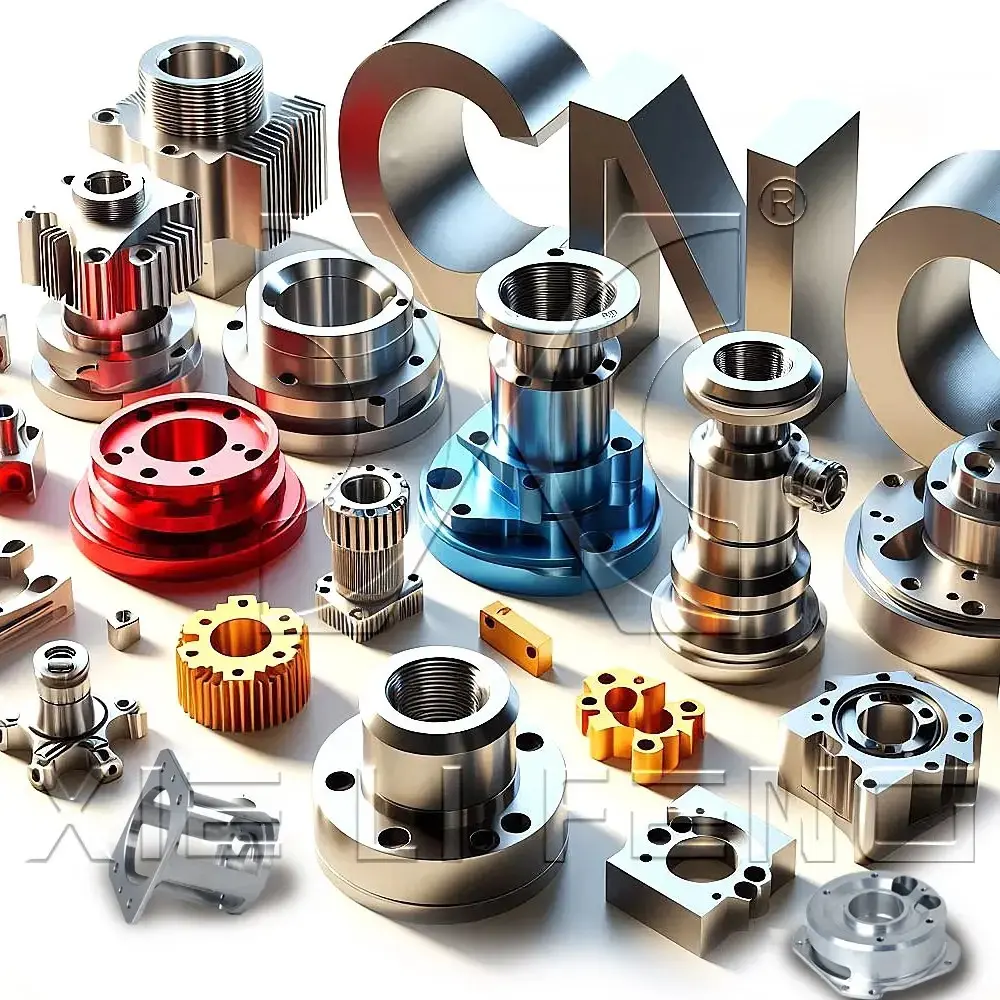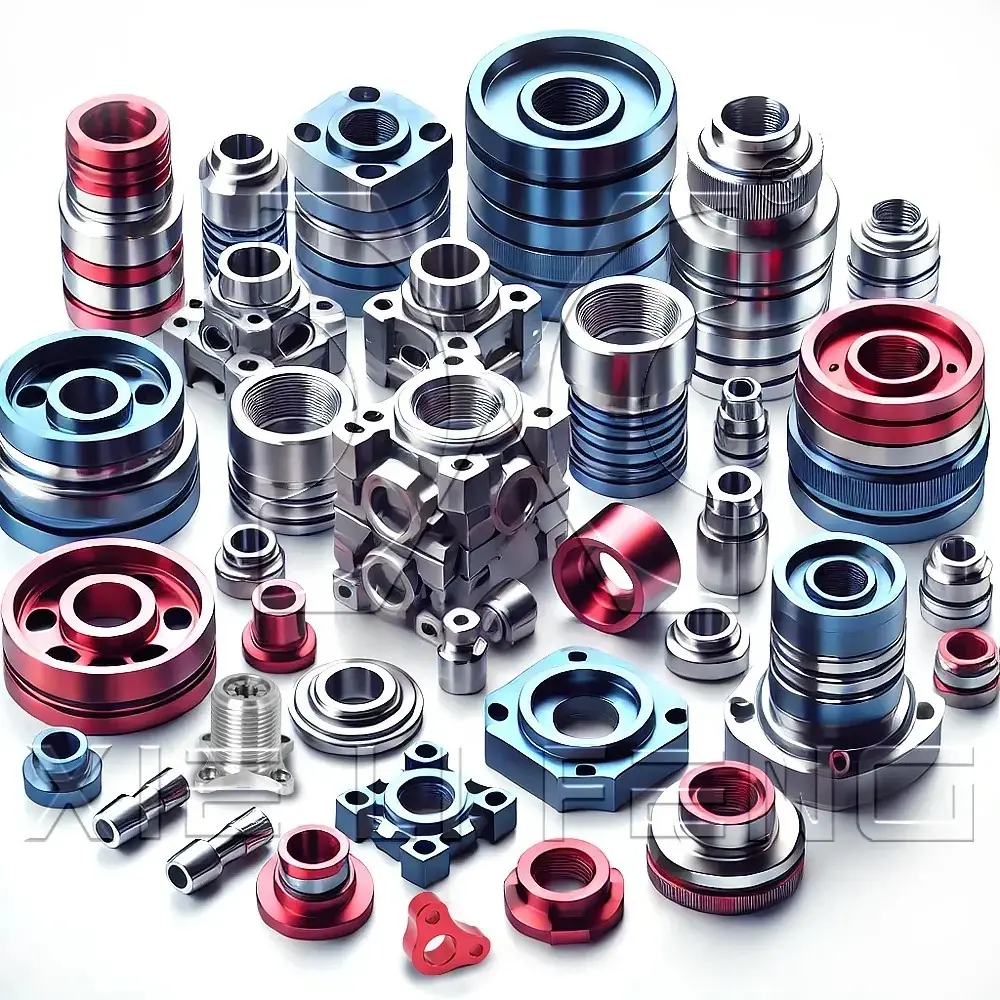CNC machining Complete Engineering Guide Part 4

Have questions?
Feel free to discuss CNC machining with us.
Part 4: Cost reduction tips
Learn more about what affects the costs in CNC machining. Use these three actionable design tips to cut the price in half and you keep your project on budget.

Part 1: The basics
What is CNC? What types of machines are there? Which are their key benefits & limitations?

Part 2: Design for CNC machining
In less than 15 minutes, you will learn how to design parts optimized for CNC machining.

Part 3: Materials for CNC machining
Learn more about the most popular materials & finishes used in CNC machining.

Part 4: Cost reduction tips
Use these 3 design tips to cut the costs of your CNC machining project.

Part 5: Start CNC machining
Learn how to prepare, get a quote & source custom CNC machined parts in 3 simple steps.

Part 6: Useful resources
Useful resources A list of useful resources for those who want to delve deeper.

Benefits & Limitations of CNC machining
Here’s a list of the key strengths and limitations of CNC machining.

Applications of CNC machining
The benefits of CNC machining lie in a wide range of applications.
SGS Certification
ISO Standards
Environmental Compliance
Customer Satisfaction
Continuous Improvement
Tips to keep your CNC project on budget
Tips to keep your CNC project on budget
The cost of CNC machined parts depends on the following:
- Machining time & model complexity: The more complex the geometry of a part is, the longer it takes to machine and the more expensive it will be.
- Start-up costs: These are related to CAD file preparation and process planning. They are significant for smaller volumes but are fixed. There is an opportunity to reduce the unit price by taking advantage of economies of scale.
- Material cost & finishes: The cost of the bulk material and the ease with which that material can be machined greatly affect the overall cost.
As a rule of thumb:
To minimize the cost of CNC machined parts, stick to designs with simple geometries and standardized features.
In the next sections, we re-examine some of the design rules we visited previously with cost-reduction in mind. With these 3 design tips, you can drastically reduce the cost of your CNC machined parts.

Tip #1: Increase the size of all fillets or add undercuts to sharp edges
To reduce machining times, add a fillet that is as large as possible to all internal (and external) vertical edges. This way a larger tool can be used, removing more material with each cut, and a circular toolpath can be followed, cutting each corner at a higher speed.
When a 90° internal edge is needed, reducing the radius will not do the job. In these cases, use an undercut instead (see above).
To minimize cost:
- Add a radius that is slightly larger than 1/3 of the depth of the cavity.
- Add a small fillet also to external edges.
- Use undercuts when a 90° internal corner is required.
Pro tip: Use the same radius for all edges to save time on tool changes.

Tip #2: Minimize the number of machine orientations
The part above requires at least two machine setups in a 3-axis CNC mill. After the features on one side are machined, the workpiece is rotated manually. This requires manual labor increasing costs.
Alternatively, a multi-axis CNC machines can be used. This also increases the machining costs though by about 60 to 100%.
To minimize cost:
- Design parts that can be machined in one or two setups in a 3-axis CNC mill.
- If this is not possible, consider splitting the part into multiple geometries that can be machined in one setup and assembled later.
| Cost | Metals | Cost | Plastics |
|---|---|---|---|
| $ | Aluminum 6061 | $ | POM (Delrin) |
| $$ | Alloy steel 4140 | $$$ | ABS |
| $$ | Aluminum 7075 | $$$ | Nylon (PA 6) |
| $$$ | Brass C360 | $$$ | Polycarbonate (PC) |
| $$$$ | Stainless steel 304 | $$$$ | PEEK |
Tip #3: Consider the cost of the material
Here is a table that summarizes the cost of the same part CNC machined in some of the most common materials. Each dollar sign indicates approximately a 25% price increase.
It is obvious that selecting a material with physical properties that surpass the requirements of your application can quickly and unnecessarily increase the cost of your CNC machined parts.
To minimize cost:
- Select the material with the lowest cost that has properties that fulfill your design requirements.
- Use online instant quoting to get quick feedback on the price of each material.
The essential CNC machining cost reduction checklist
Small design decisions can have a significant impact on the price of your CNC machined part. Learn how to cut costs in half by optimizing your design with these 15 practical design tips!
With your parts designed and optimized for CNC machining, it is time to start thinking about manufacturing. In this section, we walk you through the 3 simple steps needed to manufacture custom parts with CNC machining.








